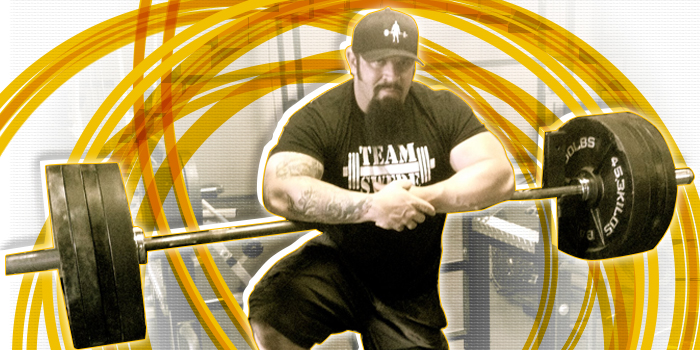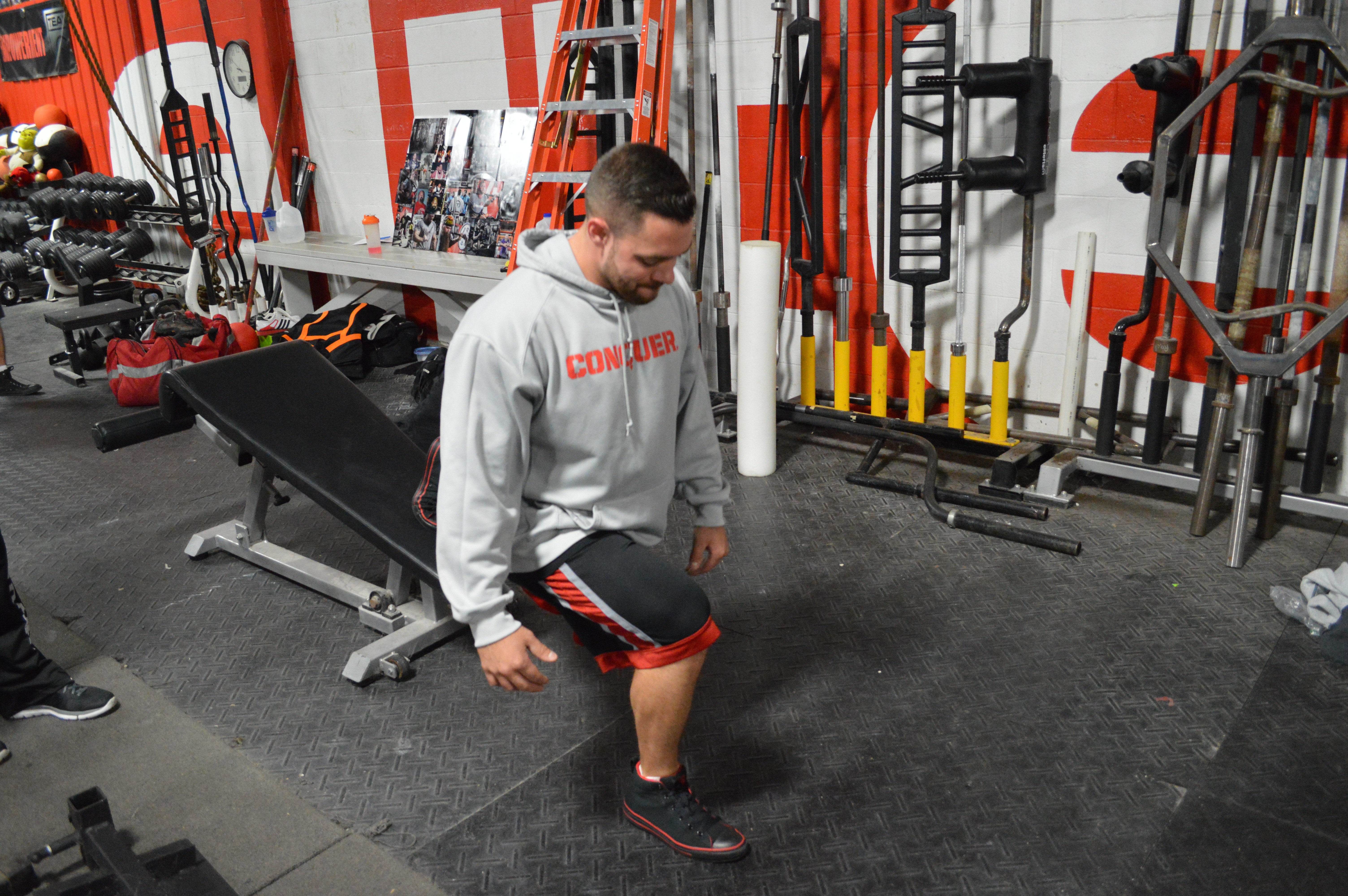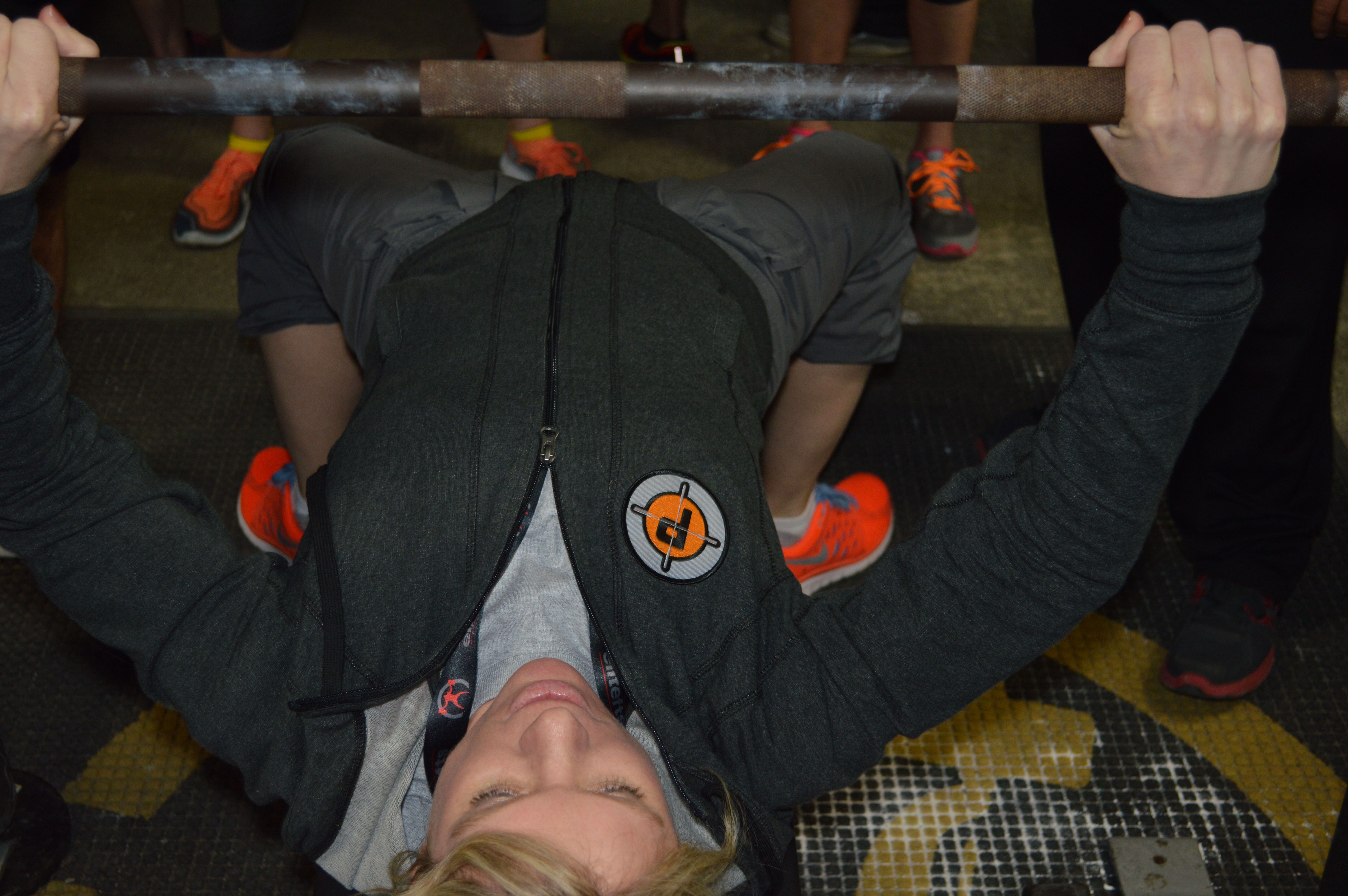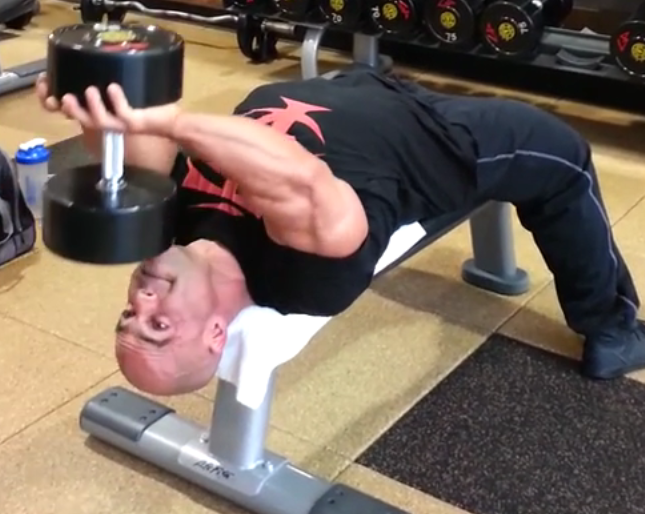
This will be the first in a series of short articles about some of the more easily avoidable mistakes that many powerlifters make, which generally cause them to run off the rails, sometimes wildly and quickly. The topic of the day is assistance work. I'll get right to it.
It is pretty widely accepted, at least in the United States, that doing some bodybuilding style assistance work after your main lifts, or on a separate day, is a good idea for most powerlifters. If you run down the list of the most popular american methods, you'll see what I mean. Almost all of them include some hypertrophy/assistance work. Even my own contribution, 5thSet for Powerlifting (coming very soon) is no exception.
So, where is the mistake?
Here is the problem, or mistake, whatever you want to call it: even the best idea is easily misapplied.
"The road to Hell is paved with good intentions" as they say.
I'm sure you know that proverb. One interpretation of it is that good intentions, when you act on them without proper forethought, can have unforeseen negative consequences. The good intention of adding bodybuilding style, hypertrophy assistance work is for it to add or maintain muscle while the strength training for the main lifts develops maximal strength.
Now, with proper forethought and consideration of the big picture, you can pull that off without a hitch. However, working up to two lifts over 90% (or whatever your program calls for) on bench press followed by Kai Greene's entire chest workout from Flex Magazine is probably going to go more the way of "unforeseen negative consequences."
You might make it through a few weeks of training that way, but it will be at the expense of most of the strength gains you might've made, and you will be on the fast track to overuse injury.
What you need, in order to avoid doing dumb shit like this, is a set of rules: a methodology, if you will. The 5thSet book provides framework and guidelines for assistance work when building a custom program, as well as a good number of templates for specific applications, but I'm going to go ahead and lay out some general rules for you that I think will help most raw powerlifters set up their assistance work without screwing up progress for the main lifts.
Everything is not for everyone! Some people are 280+ pounds with abs, and these people will need to do slightly more than I will recommend here to maintain their size. 95% of raw lifters do not fit that description, but they will usually make up 100% of the people arguing that this is not enough assistance work.
The truly jacked powerlifters (who are actually strong) understand that maintaining muscle while training for absolute strength is about balance. How muscular a lifter can get is a factor largely limited by genetics, but even the most gifted and naturally talented lifters have to learn at some point that peaking for strength while trying to hold on a massive base of muscle is a tightrope balancing act.
It is important to consider that recoverability and adaptability can vary greatly from lifter to lifter. For this reason, it is best to start with the bare minimum amount of assistance work, and depending on how you recover, decide about adding additional exercises or volume from there. That would be after a number of microcycles (think 4-8 weeks).
Regardless of how amazing your recoverability or adaptability might be, we still don't want to go beyond a certain volume with your assistance work for the simple fact that those resources would be better spent on the main lifts and maximal strength training, since we are powerlifters, and not, in fact, Kai Greene. So, where do we draw the line?
Here come the rules, but first we need to address the fact that all assistance work is not geared toward hypertrophy. Some assistance work can be performed in a similar manner to the main lifts.
Most all assistance work can be put into one of two groups and they each have their own set of rules.
In one group the exercises are performed using a hypertrophy protocol. That is to say that there is a higher number of reps per set and a higher total volume.
In the second group the exercises are performed using a strength protocol. In this case, there is a lower number of reps per set and a lower total volume. Much heavier weight is used for this protocol.
Remember now, we are going to start with the bare minimum, which means you'll be starting on the low end of my recommendations for these two protocols.
Hypertrophy Protocol:
The hypertrophy protocol can be used for everything from mechanically similar movements, to isolation movements. For compound, multi-joint movements, you would perform 3-5 sets of 10-15 repetitions, starting with an RPE of 4 for the first set, then moving up to an RPE of 6 for the remaining sets on the first week. Typically, you will increase the weight every microcycle, as long as you reach the target reps.
For isolation movements, you can choose to go as high as 25-35 reps per set, in which case you would only perform one to two sets. 40-50 total reps is a good general target for a hypertrophy exercise, though there is a little leeway in either direction for higher rep, isolation stuff.
Strength Protocol:
The strength protocol is typically going to be used to strengthen a weak phase of one of the competition lifts, or to strengthen a weak body part. This protocol will be reserved for compound movements and usually those will be mechanically similar movements, which look like the weak phase of one of the competition lifts. For example, if a lifter is weak at lockout on bench press, a two-board press might be a good mechanically similar movement. It is crucial that you do not overuse this protocol in your assistance work. If the main lift is being trained with high volume and intensity, stick with mostly hypertrophy assistance work instead of using the strength protocol.
A good general rule is to perform 2-3 sets of 3-5 reps, starting with around 70% of the full range 1RM. For example, if your 1RM deadlift is 500 pounds, for the strength protocol you would use 350 pounds for rack pulls in your assistance work for your first week and move up from there maybe 5 pounds per week, for a mesocycle.
I would train the mechanically similar movement in the same session as the main lift. For a full range exercise, take a rep max and use a 1RM calculator to figure out the max, then use 70% of that number to start.
As far as how many assistance exercises to perform, I'd say one compound movement for each major muscle group. You could also add one isolation movement for a lagging muscle which is involved. (Keep in mind that all of these recommendations are subject to change as you approach a meet.)
Let's say the compound assistance movement was front squat. You could do that and maybe leg curls as an isolation movement and then cut it there. Performing chin ups and reverse hypers in that same session would be reasonable, but no more direct leg work.
It's safe to assume that in this session you would be performing heavy back squats, then front squats and leg curls with the hypertrophy protocol. After some hypertrophy work for chins and reverse hypers, you'll be nearing the most assistance work you will want to do in one session, so, you want to start with the numbers on the low end of my recommendations in regard to reps and sets.
Remember, the vast majority of recovery for a given session should go towards the main lift.
Hopefully these guidelines can help you find some balance between your assistance work and training for the main lifts.
Swede Burns is a Specialist in Strength and Conditioning and a recognized expert in that field, with a notable catalogue of work over the last decade. He is the owner of Keyhole Barbell and head coach of the facility's large and successful powerlifting team. As an elite raw powerlifter Swede has broken records multiple times and currently holds APA/WPA world records in bench press and deadlift, is a 2011 APA National Champion, and competed at RUM for the second time in February 2015, where he silver medaled in a stacked class just 10 months after an emergency spine surgery. As a national-level bodybuilder, Swede competed in the NPC until 2004 when he retired and returned to his roots in powerlifting. He is the author of the upcoming ebook 5thSet.














I'm a big fan of rules in this area...
Great read brother. Great information.